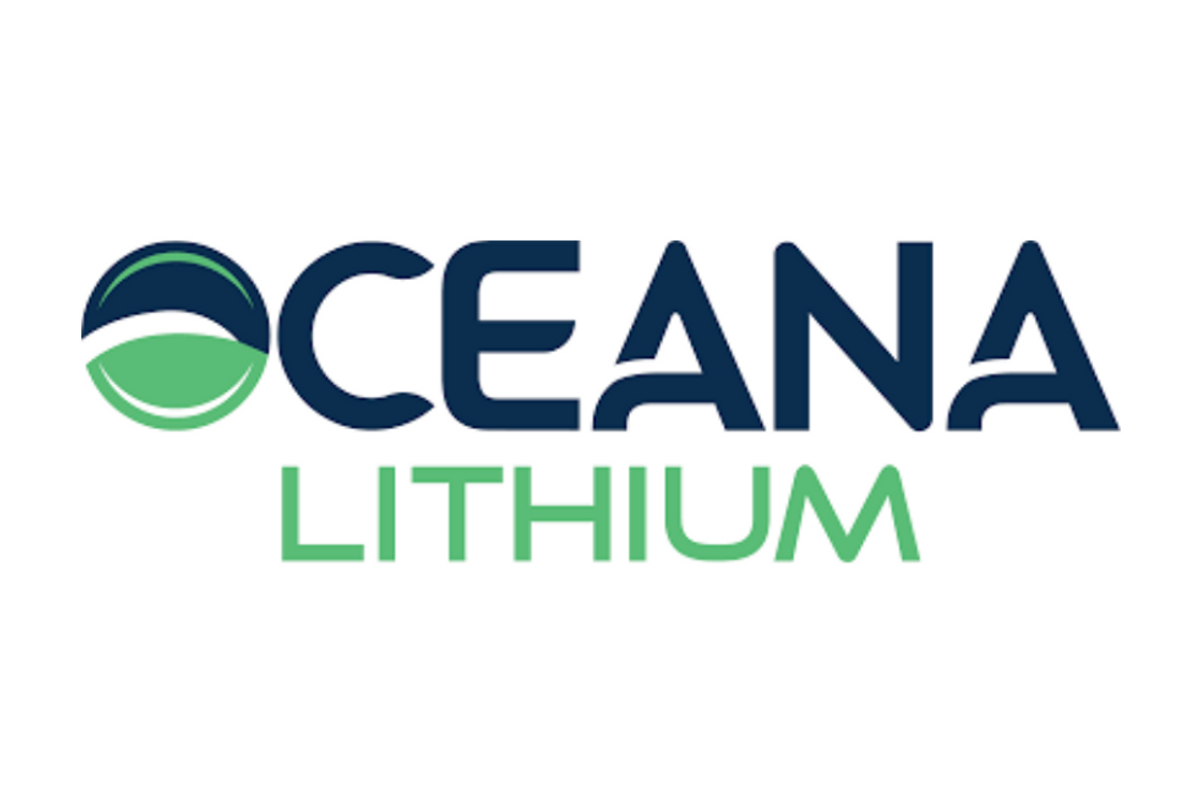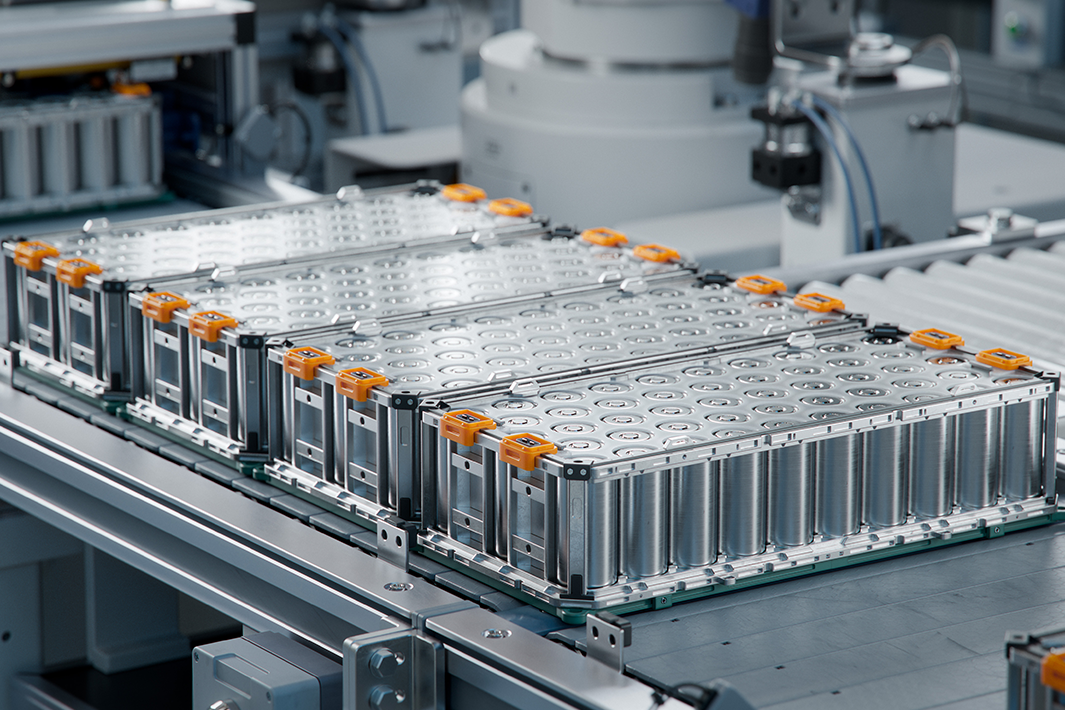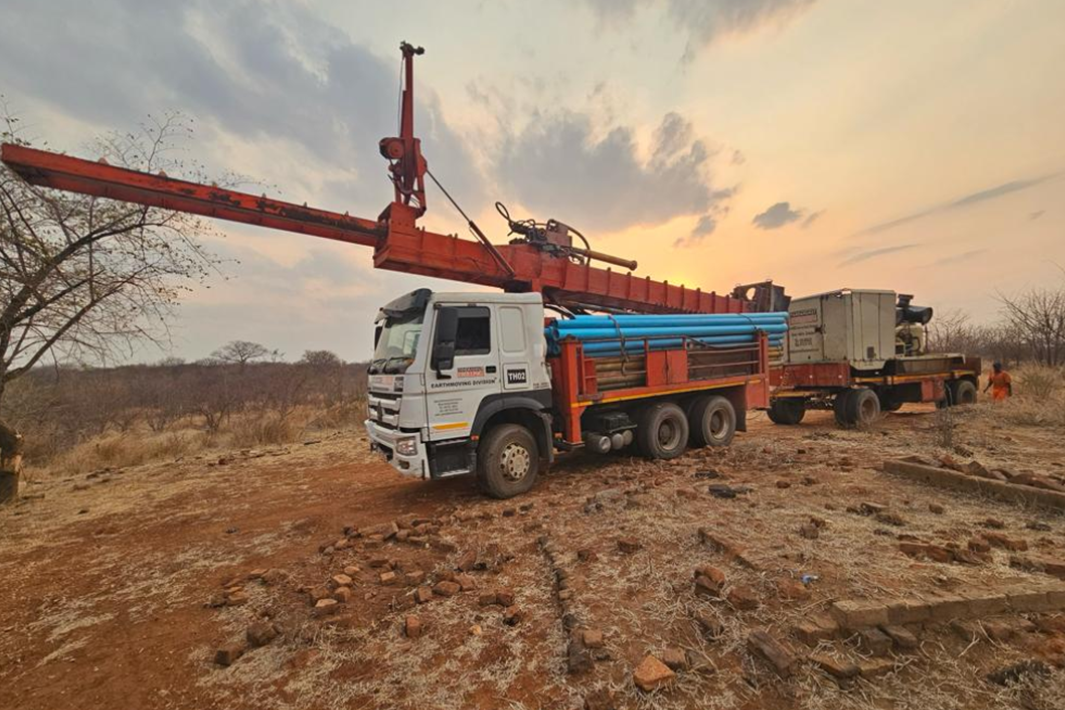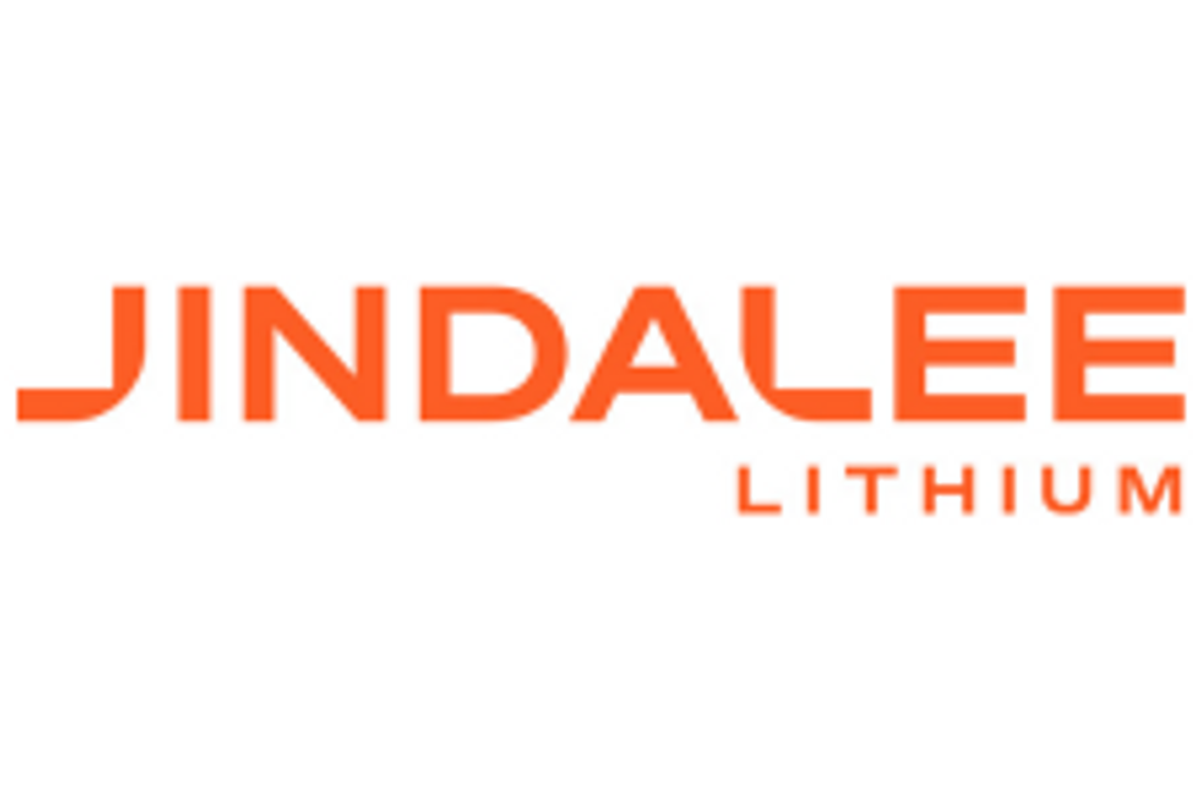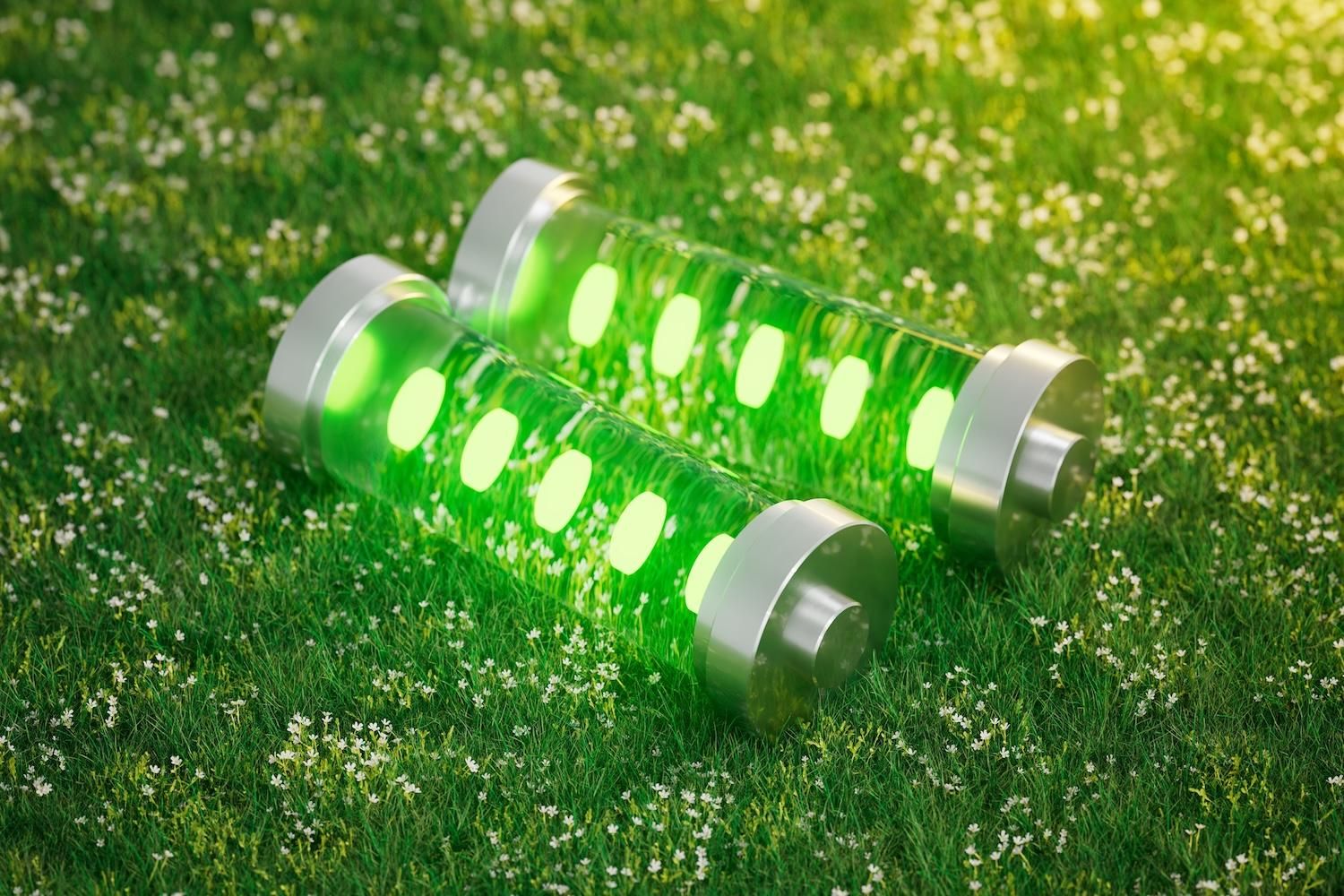
February 20, 2024
Oceana Lithium Limited (ASX: OCN, “Oceana” or “the Company”) is pleased to add uranium to the target list of prospective elements at its 100% owned Napperby Project in the Northern Territory, Australia.
Highlights
Napperby Project, Northern Territory, Australia
- Oceana’s Napperby Project covers some of Arunta Province’s hottest granites plutons, the Wangala Granite (uranium) and Ennugan Mountains Granite (uranium/thorium)
- Both granite plutons show outstanding uranium/thorium ratios and are almost fully encapsulated within Napperby’s EL32836 and ELA32841
- Follow-up exploration activities will target uranium and Rare Earth Elements (REEs) in parallel with Lithium-Caesium-Tantalum (LCT) pegmatites
The project is located within the highly prospective Arunta Province, which is endowed with some of the most prospective rocks for lithium, Rare Earth Elements (REEs) and uranium mineralisation in the Northern Territory.
The Paleoproterozoic Wangala and Ennugan Mountains granites have long been recognised as “Hot Granites” and known to be anomalously enriched in a range of elements including U, Th, P, F and REEs.
As shown in Figure 1, both granite plutons show outstanding Uranium/Thorium ratios and are almost fully encapsulated within Oceana’s Napperby Project leases EL32836 and ELA32841 (under application).
Over the years, several mineral occurrences with uranium and uranium/thorium have been recorded by the Northern Territory Geological Survey, with uranium being more common in the Wangala Granite and uranium/thorium occurring in the Ennugan Mountains Granite.
Further to the south in the Ngalia Basin there are several mineral occurrences and deposits recorded including the Napperby Uranium Deposit, with a JORC 2012 Inferred Mineral Resource of 9.54Mt at 382ppm U3O8 (refer to Core Exploration Ltd - ASX Announcement dated 12/10/2018) and the Cappers Deposit where Air Core hole NAC122 intercepted 2.2m @ 211ppm U3O8 from 3.55m (refer to Energy Metals - ASX Announcement dated 17/09/2009).
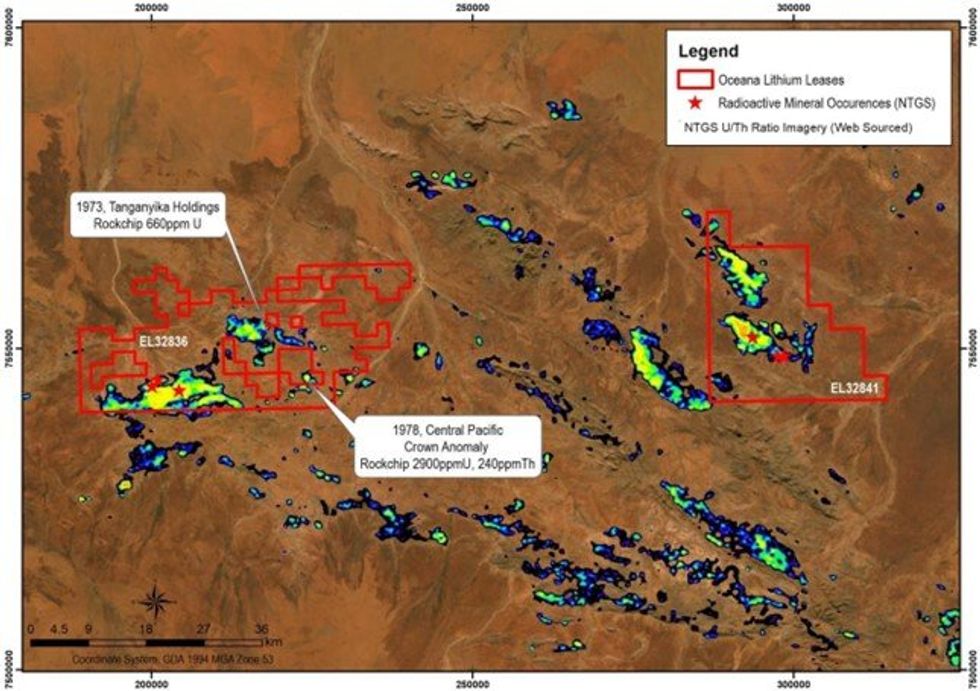
The following passages are taken from the independent geological report included in the Oceana’s prospectus and are still very relevant today.
Recent publications by the Northern Territory Geological Survey refer to the Wangala Granite as a composite multi-phase pluton that has been subject to a late hydrothermal event of ca 1575Ma (Chewings) age, which has introduced phosphorus, uranium, fluorine, tin, tungsten and REEs.
Of particular interest is a poorly exposed muscovite-rich granite with abundant pegmatite bodies at the eastern end of the pluton, believed to be the final phase of intrusion. This phase is especially fertile for both Niobium-Yttrium-Fluorine (NYF) and Lithium-Caesium-Tantalum (LCT) segregations in pegmatite, yet surprisingly there are very few analyses for lithium. Bed-rock interpretation indicates this phase is extensive in the sub-crop beneath alluvial-colluvial flats.
This area has been subject to shallow geochemical drilling mainly for uranium exploration in the 1970s, but there is no information on the lithological and geochemical nature of the bedrock.
The contact zones and the eastern termination of the Wangala pluton against Lander Formation are highly prospective for rare-element pegmatites and REEs but still totally unexplored.
The Ennugan Mountains Granite of 1621 Ma (post Yambam) age is a two-phase pluton. The southern phase is an I-type biotite-hornblende granite which implies derivation from lower crustal melting. It is characterised by lenses of biotite schist with elevated uranium, thorium, phosphorus, fluorine and REEs.
Click here for the full ASX Release
This article includes content from Oceana Lithium, licensed for the purpose of publishing on Investing News Australia. This article does not constitute financial product advice. It is your responsibility to perform proper due diligence before acting upon any information provided here. Please refer to our full disclaimer here.
OCN:AU
The Conversation (0)
12 March 2024
Oceana Lithium
Large-scale, highly prospective, pre-discovery projects in Brazil and Australia
Large-scale, highly prospective, pre-discovery projects in Brazil and Australia Keep Reading...
11 December
Mining the Gap: 5 Forces Shaping North America’s Lithium Supply Chain
A convergence of industry investments, government initiatives and a shifting global trade dynamic is creating an environment ripe for the development of a North American battery supply chain, with lithium playing a leading role. These trends are reshaping the region’s industrial base and opening... Keep Reading...
10 December
Rock Bottom: Strategic Window for Ground-level Lithium Investment
When lithium prices hit bottom, savvy investors know that’s exactly where the next big discovery begins — literally. Beneath the surface of global markets and remote exploration grounds, new opportunities are forming in the wake of a sharp price reset and renewed geopolitical urgency.Recent... Keep Reading...
10 December
Liontown Resources Pens Lithium Offtake Agreement with China's Canmax
Liontown Resources (ASX:LTR,OTC Pink:LINRF) has executed a binding offtake agreement with Chinese conglomerate Canmax Technologies (SZSE:300390) as part of its strategy to diversify its customer base.“Listed on the Shenzhen Stock Exchange, Canmax is one of the world’s leading manufacturers of... Keep Reading...
08 December
Trading Halt
Jindalee Lithium (JLL:AU) has announced Trading HaltDownload the PDF here. Keep Reading...
05 December
Livium Receives A$663k in RsD Tax Incentive Rebates for VSPC
Livium Ltd (ASX: LIT) (“Livium” or the “Company”) advises that it has received A$663,000 in research and development ("R&D") tax incentive rebates from the Australian Tax Office for the 2025 financial year ("FY25"), relating to its wholly owned subsidiary VSPC Pty Limited ("VSPC"). The rebate... Keep Reading...
01 December
Why SQM Says Social Dialogue is Key to Sustainable Lithium
As scrutiny continues to intensify across the battery metals supply chain, the conversation around sustainability has moved far beyond carbon footprints. At this year’s Benchmark Week, Stefan Debruyne, director of external affairs at Sociedad Quimica y Minera de Chile (SQM) (NYSE:SQM), made that... Keep Reading...
Latest News
Interactive Chart
Latest Press Releases
Related News
TOP STOCKS
American Battery4.030.24
Aion Therapeutic0.10-0.01
Cybin Corp2.140.00
